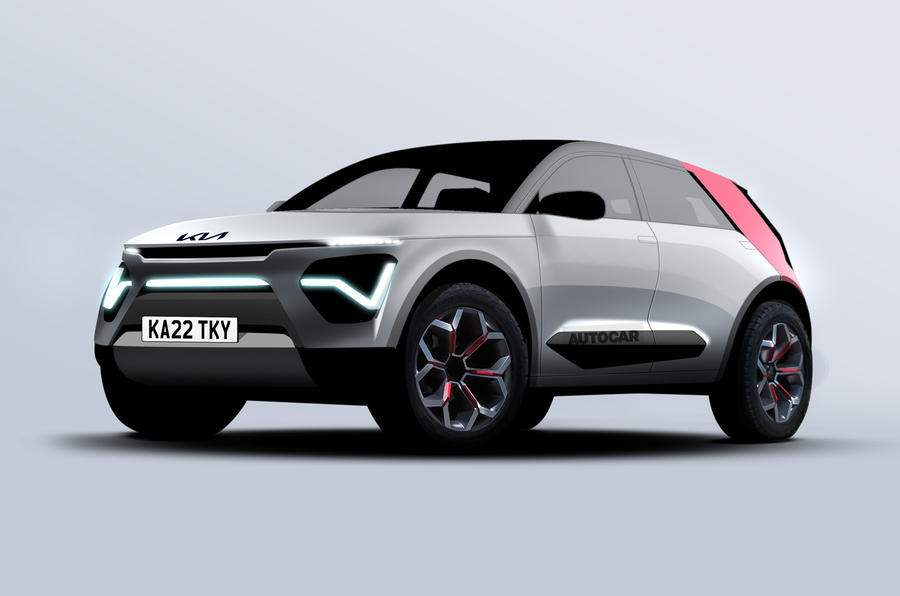Bold styling and efficiency boosts will be features of the second-gen SUV, due after EV6.
Kia is readying a dramatically restyled, second-generation version of its popular Niro crossover for a launch in 2022, featuring heavy design influence from 2019’s outlandish HabaNiro concept.
Destined for a reveal later this year, the second-generation Niro will retain its hybrid, plug-in hybrid and pure-electric powertrains, but it will be set apart from today’s model by its more overtly SUV-inspired silhouette and overhauled interior.
The new Niro will arrive soon after the EV6 electric flagship and Sportage SUV as the latest in a series of boldly designed models forging a new image for the South Korean brand.
Whereas the EV6 uses the new E-GMP electrical architecture with 800V capacity and vehicle-to-load charging functionality, the electric variant of the Niro will have an updated version of the current car’s hardware. The latest platform is reserved for vehicles in Kia’s new family of EV-badged electric-only cars.
This means the Peugeot e-2008 rival will be technically similar to the current car, which is available with either a 39kWh battery or a 64kWh unit, giving a maximum of 454km of range on the WLTP cycle. Efficiency-boosting upgrades for the second iteration are likely to take this official range past the 480km mark, matching the recently updated Hyundai Kona Electric. The 4×4 HabaNiro concept hinted at the potential for a driven rear axle, at least on top-rung variants, but it is important to note that it sat atop a bespoke EV chassis.
The influence of the HabaNiro concept on its production-ready descendant is evident in elements such as the clamshell bonnet, steeper C-pillar and protruding lip across the bootlid. Camouflage obscured the key details of a recently spotted prototype, but it looks as though the Niro will also adopt boomerang-shaped vertical rear light clusters, similar to those of the smaller Bayon crossover from sibling brand Hyundai.
Equally extensive changes have been made inside, where flush buttons and switches give a cleaner look to the centre console, and the climate controls appear to have been replaced by a touch-sensitive sliding panel. As with the EV6, the central infotainment screen and digital gauge cluster occupy a free-standing panel, while the same minimalist steering wheel, with one central spoke, has been carried over.
Felix Page




